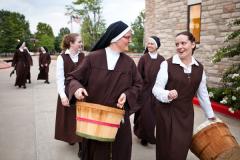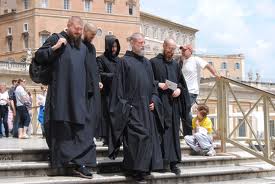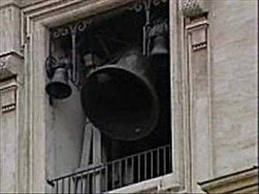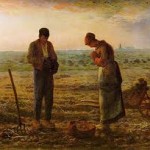 The Institute on Religious Life will hold its 2012 National Meeting on April 13-15, 2012, at The University of St. Mary of the Lake in Mundelein, Illinois. The theme of the meeting is: Holy, Holy, Holy Lord, God of Hosts: The Sacred Liturgy as a Foretaste of Heaven.
The Institute on Religious Life will hold its 2012 National Meeting on April 13-15, 2012, at The University of St. Mary of the Lake in Mundelein, Illinois. The theme of the meeting is: Holy, Holy, Holy Lord, God of Hosts: The Sacred Liturgy as a Foretaste of Heaven.
The banquet honoree is Very Rev. Cassian Folsom, O.S.B. who established a new Benedictine Community (founded in 1998) at the birthplace of St. Benedict and his twin sister, Saint Scholastica. As of the Autumn of 2011, the community had eight monks in Solemn Vows, four in Simple Vows, four novices, one postulant and one observer.
Other speakers are: Francis Cardinal George, O.M.I., Dr. Scott Hahn, Fr. James Kubicki, S.J., Msgr. R. Michael Schmitz, Rt. Rev. Marcel Rooney, O.S.B., Rev. Douglas Martis, Dr. Denis McNamara, and Sr. Maria Stella Whittier, C.J.D.
Details on registration can be found at our website or call 847-573-8975. The IRL 2012 National Meeting is open to all clergy, religious and laity! Check out the free Saturday program for young people ages 13-25. Advance registration required. Hope to meet you there!
Like this:
Like Loading...












